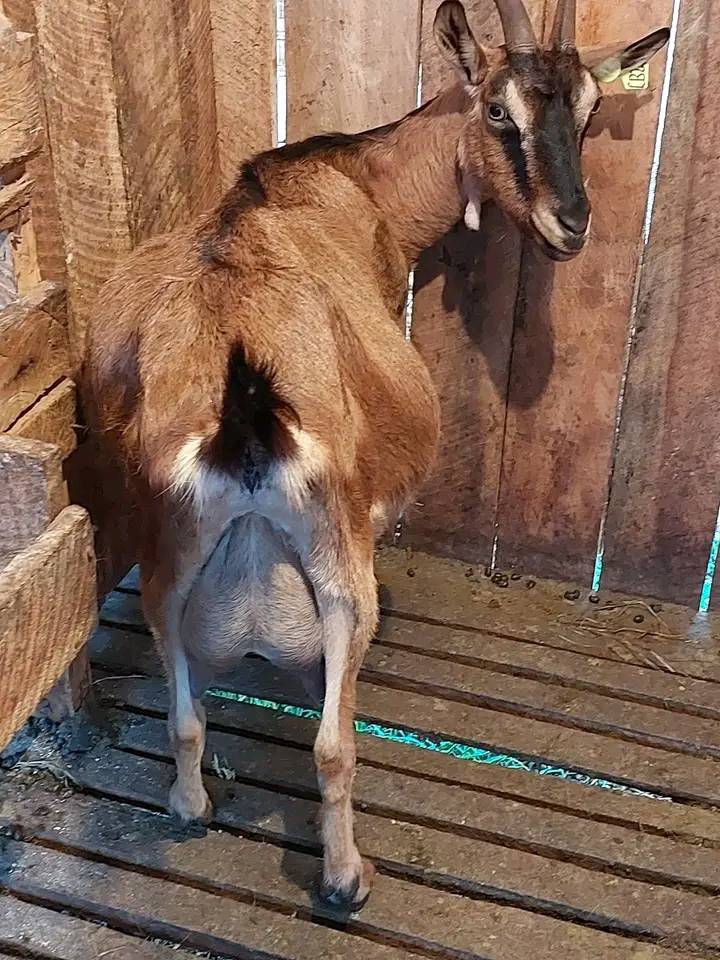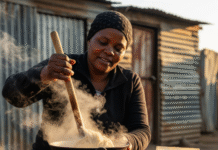From the drought-resistant Galla goat breed, native to Kenya, Ethiopia, Djibouti, and Somalia, to the smaller, pet-friendly Nigerian Dwarf Goats and the larger breeds like Alpine Goats and Saanen Goats known for their stellar milk production, there are numerous benefits to raising goats, each depending on their specific use.
With the rising demand of goat milk among consumers owing to its nutritional benefits, dairy goat farming is increasingly gaining popularity as farmers get to more lucrative income generating livestock ventures.
Although there are many breeds of dairy goats in East Africa, for instance, three stand out as the most common and significant.
The three important dairy goat breeds in the region include Saanen, Alpine, and Toggenburg but we’ll be taking a closer look at Alpine breed which is as a result of breeding, intense selection and culling by livestock experts.
The choice of dairy goat breed largely depends on a farmer’s locality, as each breed is suited to specific climatic conditions.
In Kenya, Alpine dairy goats are usually found in the Central and Eastern highlands of Nyeri and Meru districts respectively with annual rainfall ranging from 701.0 mm to 1800.0 mm with a mean diurnal temperature range of 19.5˚C to 24.5˚C.

Origin of Alpine goats and their characteristics
The Alpine breed was originally developed in Britain by crossing local goats with Alpine goats imported from Switzerland in 1903, named after the Alps mountain range.
According to the Kenya Livestock Producers Association (KLPA), Alpines are medium to large in size and have a varied coat colour with shades of grey, brown, black, redbuff and combinations.
They have a pronounced mane in both male and female. They may or may not have horns.
To farmers who are concerned on costs of production is that the breed hardy and adaptable animal thriving in many climates besides being excellent foragers and have good jumping ability.
Kidding and lactation
In a recent publication by Open Journal of Animal Sciences, though Alpine goats are zero-grazed, the kidding season is usually not synchronized but rather depends on conditions of pasture.
Expert advice recommends that a doe can be mated the first time depending on breed and nutrition provided she has at least two thirds of the final weight.
This is because if she becomes pregnant too early, she may stop growing, never reach a normal size, and have a reduced life span. There is also a high risk of abortion, low milk production and death of the kid.
Farmers are advised not to mate a young doe in her first heat, which may arrive as early as at 5 months of age but only where does are very well fed, well developed and sufficiently large before they are 10 – 12 months old.
The kid(s) will be born 5 months after a successful mating.
Generally, during the first two months, a good goat may produce up to 3.5 kg milk per day and starts dropping steadily after two months, but slowly if the goat is fed well and milked correctly.
For Alpine breed, daily milk yield increase rapidly from kidding to a peak in 35 days, followed by a gradual decline. The period a doe can be milked may be anything between 3 and 10 or more months.
This depends on handling and feeding, and on when the goat is successfully mated again.
2014 Research among Alpine dairy goat farmers in central Kenya revealed that the goats kidding between November to December produced the highest milk yield followed by those that kid between January to March and finally those that kid between May to July.
The goat produces an average of 2.5-4 litres of milk yield a day ranging from subject to levels of management.
Farmers are encouraged to let the kid suckle its mother as does which are suckled by their kids in addition to being milked produce more milk compared to does which are only milked.
Low feeding costs
The Alpine goat can perform and thrive reasonably well under low-input farmers’ conditions in the region.
The goats are able to adapt, grow well and produced reasonably high quantities of milk when fed locally available feed resources.
Female weigh 60 Kg and 70-76cm in height at maturity. Milk yield averages 922.5 Kg per lactation or 4.5Kg per day and BF content is at 3.6%.
On the other hand, bucks weigh 65-80kg and ranges 80-90cm in height when mature.









